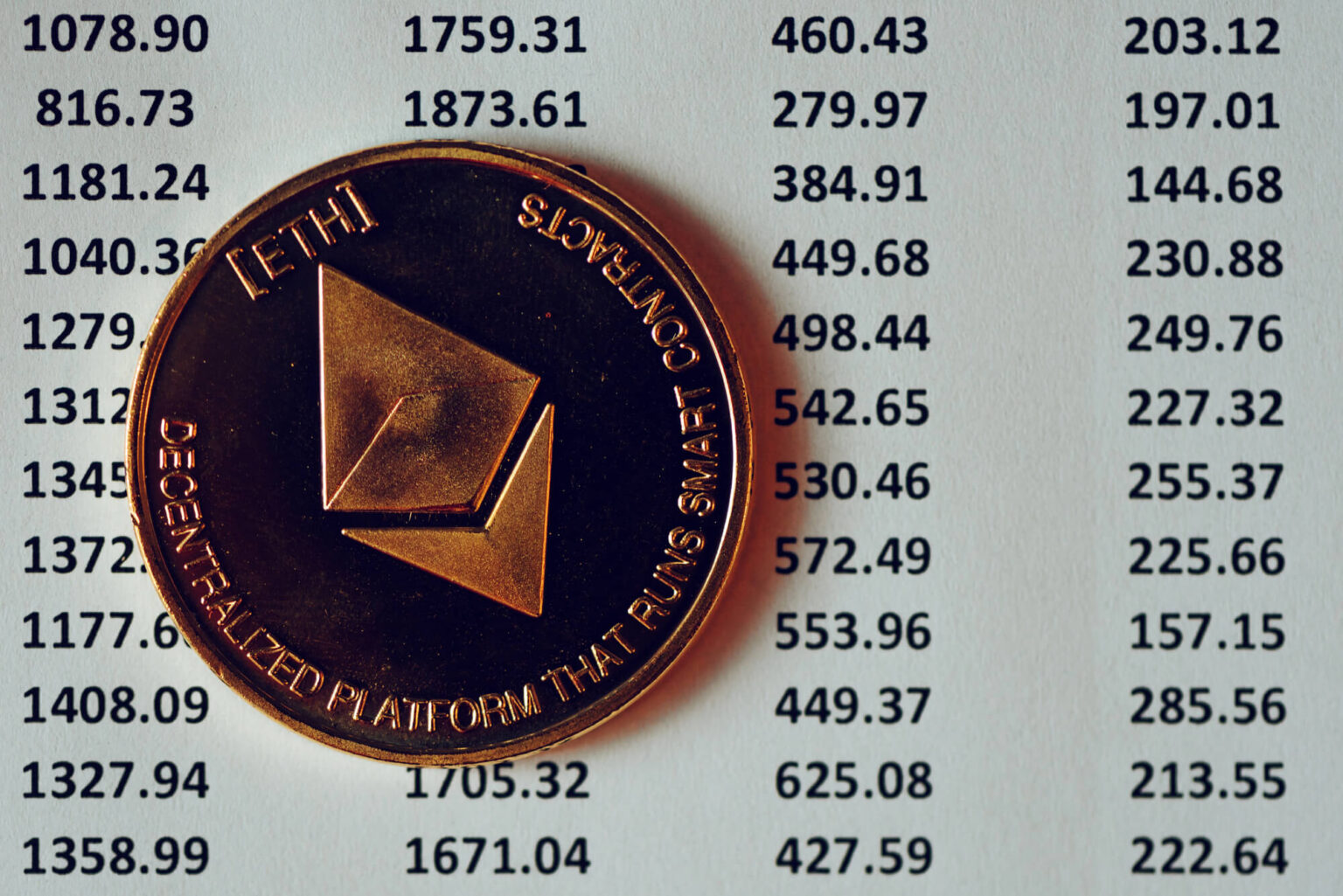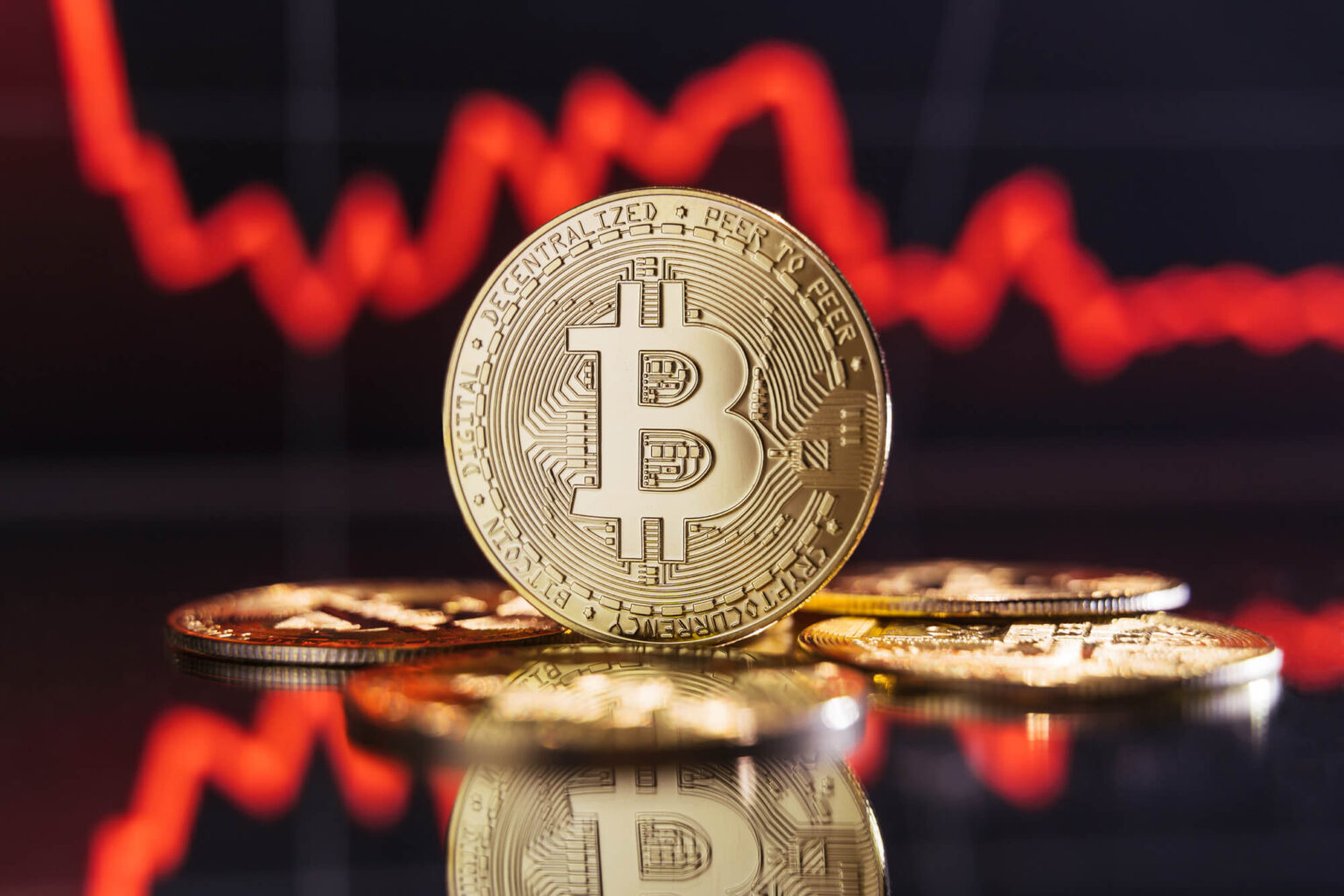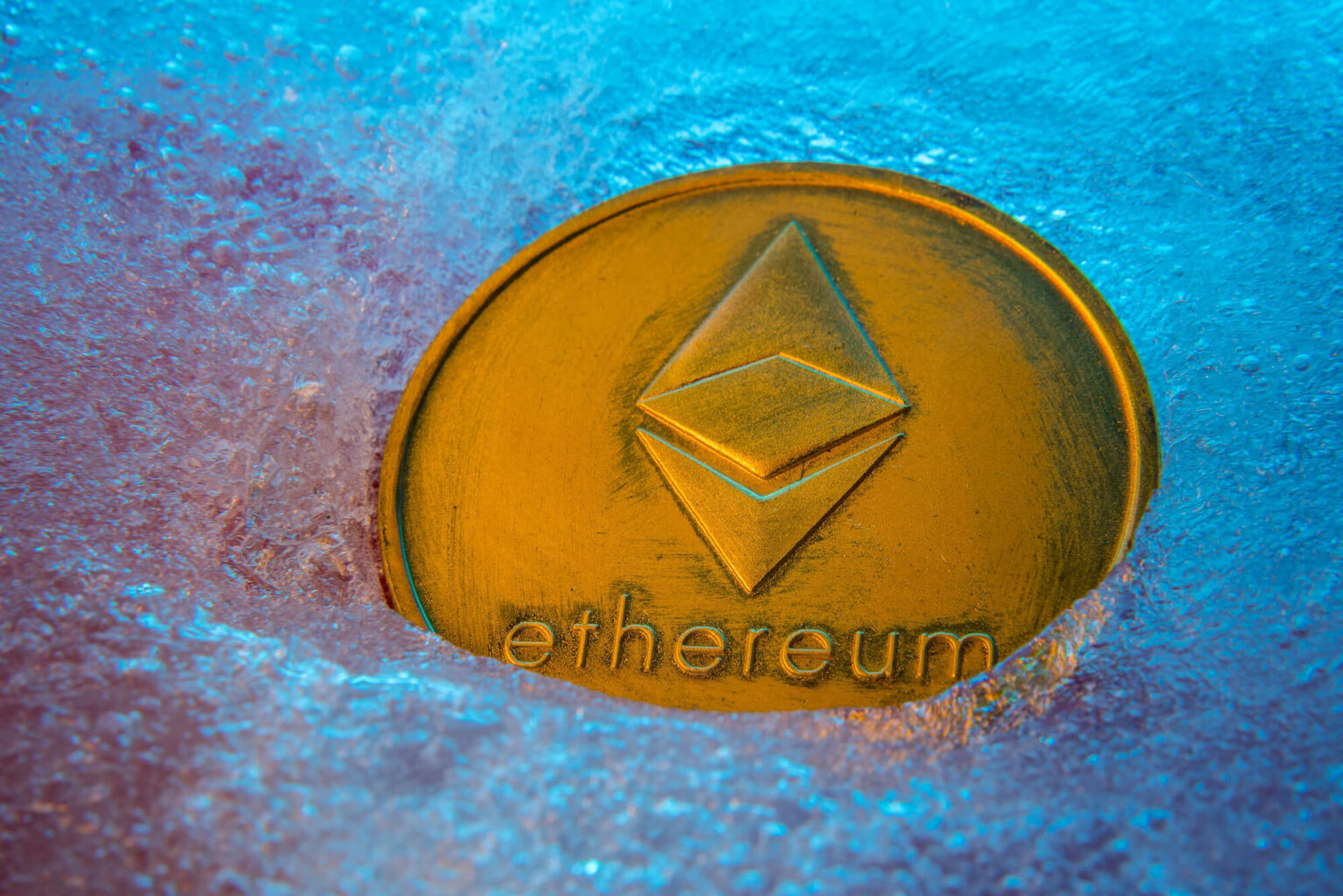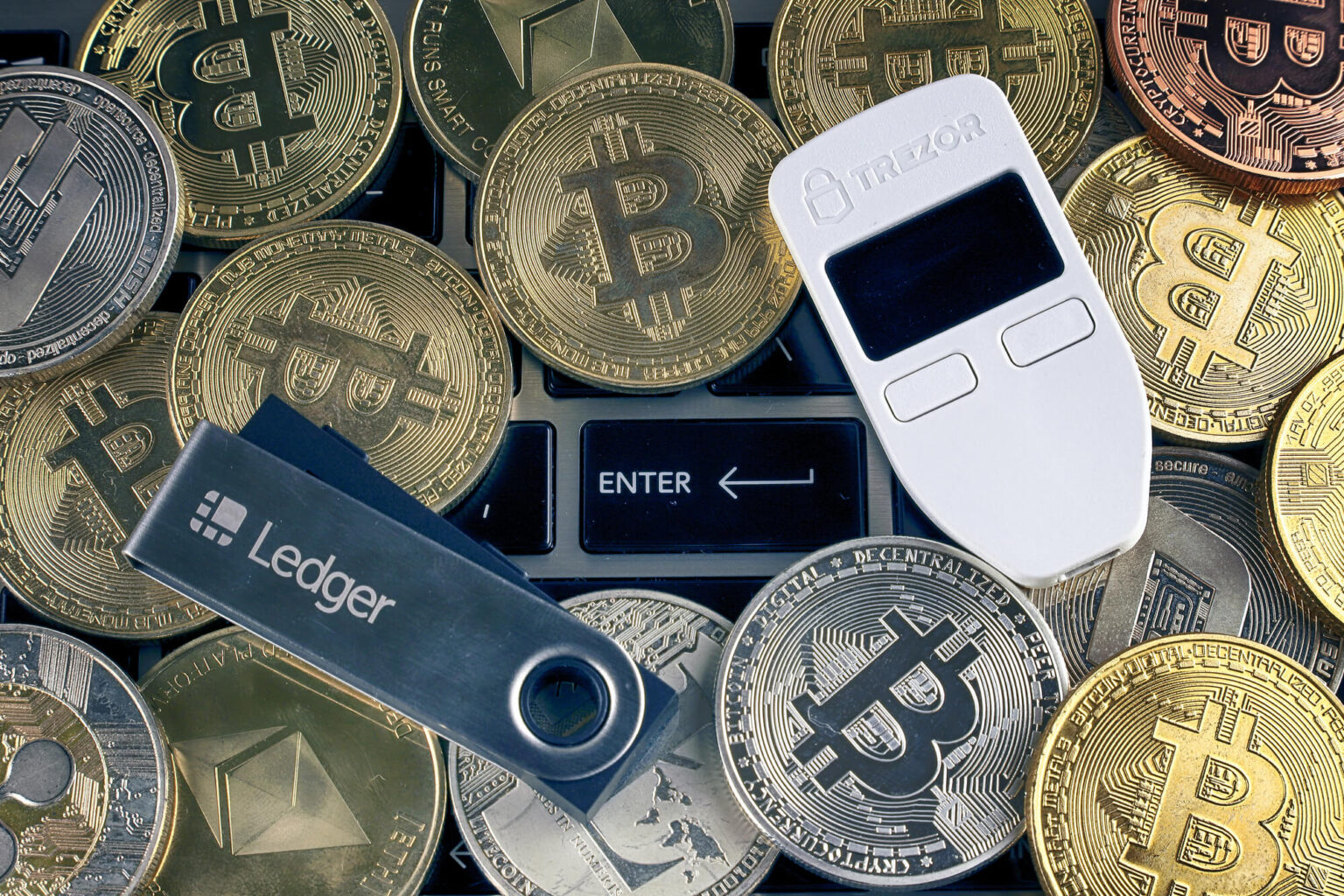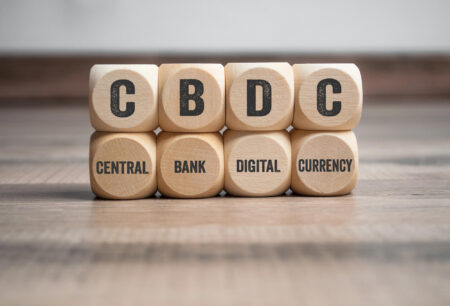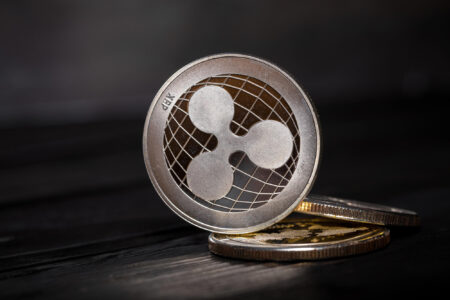Even though blockchains are generally considered to be superior to traditional networks, no single blockchain is perfect. Due to the inability to maximise the components scalability, security and decentralisation – the so-called Blockchain Trilemma – there are distinct use cases for different chains. Before diving into the dynamics of the trilemma, we broadly define what scalability, security, and decentralisation mean: Scalability is the ability of the blockchain to accommodate a higher volume of transactions Security is the ability to protect the data held on the blockchain from different attacks or blockchain’s defence against double-spending Decentralisation is the redundancy in the network that makes…
Author: Yves Longchamp
So-called zero-knowledge proofs (ZKPs) offer a privacy solution in the decentralized blockchain space despite transparency.
Ethereum’s scalability and reduced fees have boosted Layer 2 networks but contributed to ETH’s underperformance.
The halving usually plays a central role in Bitcoin’s multi-year price cycles – but this year has broken the pattern.
Airdrops are a driving theme of the current bull market. This raises concerns over high fully diluted valuations (FDVs) and low token floats.
The fusion of AI and blockchain promises innovations such as DePIN and on-chain AI agents. An overview of the leading projects.
A thorough analysis of the intersection of environmental, social, and governance (ESG) considerations within the crypto space.
Web 3.0 promises to bring transformative potential to today’s Internet, but it also brings significant hurdles.
Tokenomics are the rulebook defining a crypto asset monetary policy, aligning the incentives between all relevant actors.
An overview of Ethereum’s value flow to understand the growth potential of the ecosystem using the primary drivers of the ETH token.
Crypto custody refers to the secure storage and management of digital assets such as cryptocurrencies. An overview of different solutions.
Sustainable investing according to ESG standards has gained popularity over the years: is the crypto industry compatible with it?
How has crypto regulation evolved in recent years? A summarizing overview of the most significant events all over the globe.
Since 2019, the BCBS has been working to include banks’ crypto asset exposure and respective guidelines in the Basel Framework.
Since the fall of Terra’s UST, regulatory authorities around the world have increased their engagement with stablecoins as an industry.
After several months of decline, the crypto markets recovered for the first time in July, led by Ether (ETH) and the Merge narrative.



